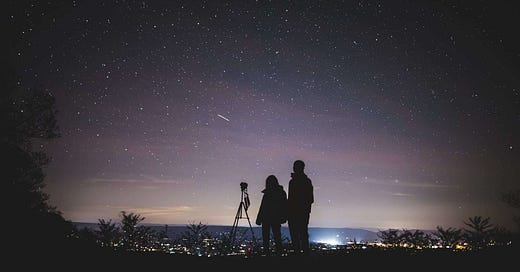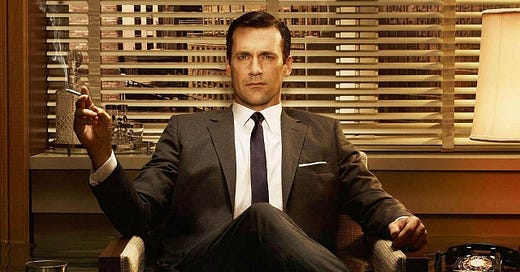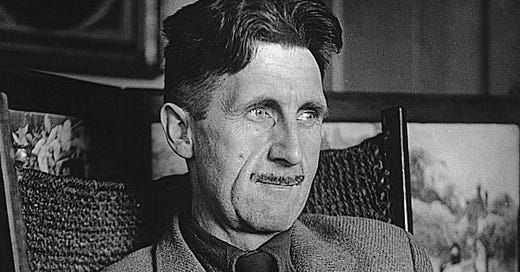
Leonardo da Vinci on Creativity and Living Properly
Today, the very best of us — whether creators, writers, engineers, producers, artists — could only hope to achieve an infinitesimal fraction of what Leonardo da Vinci accomplished nearly 500 years ago.
The archetypal Renaissance Man, da Vinci was prolific in so many disparate fields that it is selling him short to call him “only” the greatest painter of all time. The Mona Lisa by itself is enough to bestow da Vinci with the title, yet he was such a prolific creative mind that this is certainly inadequate.
He created pieces of art in painting and drawing; he produced sketches of anatomy and engineering far ahead of his era; he directed stage plays and hypothesized upon fluid dynamics and the flight patterns of birds.
In a word: genius.
The stunning biography by Walter Isaacson, Leonardo da Vinci, dives into each of his creative pursuits with a lucidity and depth that left me feeling more creative and apt to create.
Though it may be difficult to keep in mind, da Vinci was a mortal being before he became a legend. He had his habits and quirks like the rest of us, and, maybe even more relatable, he even was infamous for his procrastination.
Studying Leonardo da Vinci has left me with a multitude of concrete and practical takeaways on creativity, thinking, and the art of living properly.
1. Practice curiosity until it becomes insatiable
Leonardo was of course talented and diligent in his pursuits, but he did not do so out of want for a monetary outcome or tangible artifact. Rather, he pursued science and art and engineering out of curiosity alone.
He was relentless in his scholarship because learning in itself was the goal. He sought to understand the body and environment and the universe for the sake of understanding it.
His notebooks are full of ideas that would have changed the intellectual landscape of his era had he chosen to publish them. But of course he did not — they were for himself first and foremost. Notoriety or money did not play upon his motivation.
As Isaacson puts it,
Being relentless and randomly curious about everything around us is something that each of us can push ourselves to do, every waking hour, just as he did.
And he adds further,
Not all knowledge needs to be useful. Sometimes it should be pursued for pure pleasure.
2. Maintain a childlike sense of wonder
There comes a time when we stop asking questions about the world around us, when we feel satisfied with simply not knowing why something is the way it is.
Have you asked yourself why the sky is blue recently? Or why the tail of a dog acts in accordance with emotion? Strange things to ask, but these childlike, wonder-filled questions helped push da Vinci to new discoveries and creations for his whole life. A childlike sense of wonder can afford the opportunity to be constantly, perpetually on the brink of a discovery.
Without asking the big or little questions about the world around us, our creativity is not all that it could be. By asking questions, regardless of how naive or rudimentary they may seem, our ability to create and to think big unlocks. It allows us to go down rabbit holes of information, to discover things we would not (maybe should not) ever have discovered.
Leonardo da Vinci was absolutely enthralled with the idea of drawing a square within a circle — one notebook of his has 169 attempts of drawing a square within a circle and maintaining equal areas. He may not have had a practical goal here, but he did maintain a wonder and fascination with the problem that could very well have been a springboard to other creations.
3. Always respect facts
In the 1500s, the scientific method was only in its early inception. Leonardo was part of the boom that popularized observational experiments and utilizing cause and effect within science. He would devise an idea and then test it out with an experiment.
However, what made him distinct was that, if his theory or hypothesis was proven incorrect, he would change his beliefs. There was no hesitation to defend himself or his ideas when faced with new facts. Da Vinci was able to abandon his ideas when he discovered facts that proved them wrong. He was not seized by ideology. Rather, he focused on what could be rather than what he presently understood.
Isaacson put it succinctly,
If we want to be more like Leonardo, we have to be fearless about changing our minds based on new information.
4. Create for yourself, first and foremost
Many rich and powerful leaders of Italy would try and lure Leonardo in to paint or engineer or lead projects for them, promising heaps of money and widespread fame.
Yet, Leonardo would often say no.
He would say no if he was asked to create something he did not find interesting or of personal interest. Famous politicians and military leaders would ask for him to paint their portraits but he would decline and instead pursue one of his curiosities in the privacy of his own notebooks.
He was creating and learning things for the sake of the process, not an outcome. Being commissioned to create something inherently places the focus on the outcome rather than the process.
Of course he did achieve a great deal of commissions in his lifetime, however ultimately he created for himself, first and foremost.
For each of us, as writers or creators in some capacity, this lesson proves salient. Writing should be done for personal interest or drive, not because we can make a quick buck.









